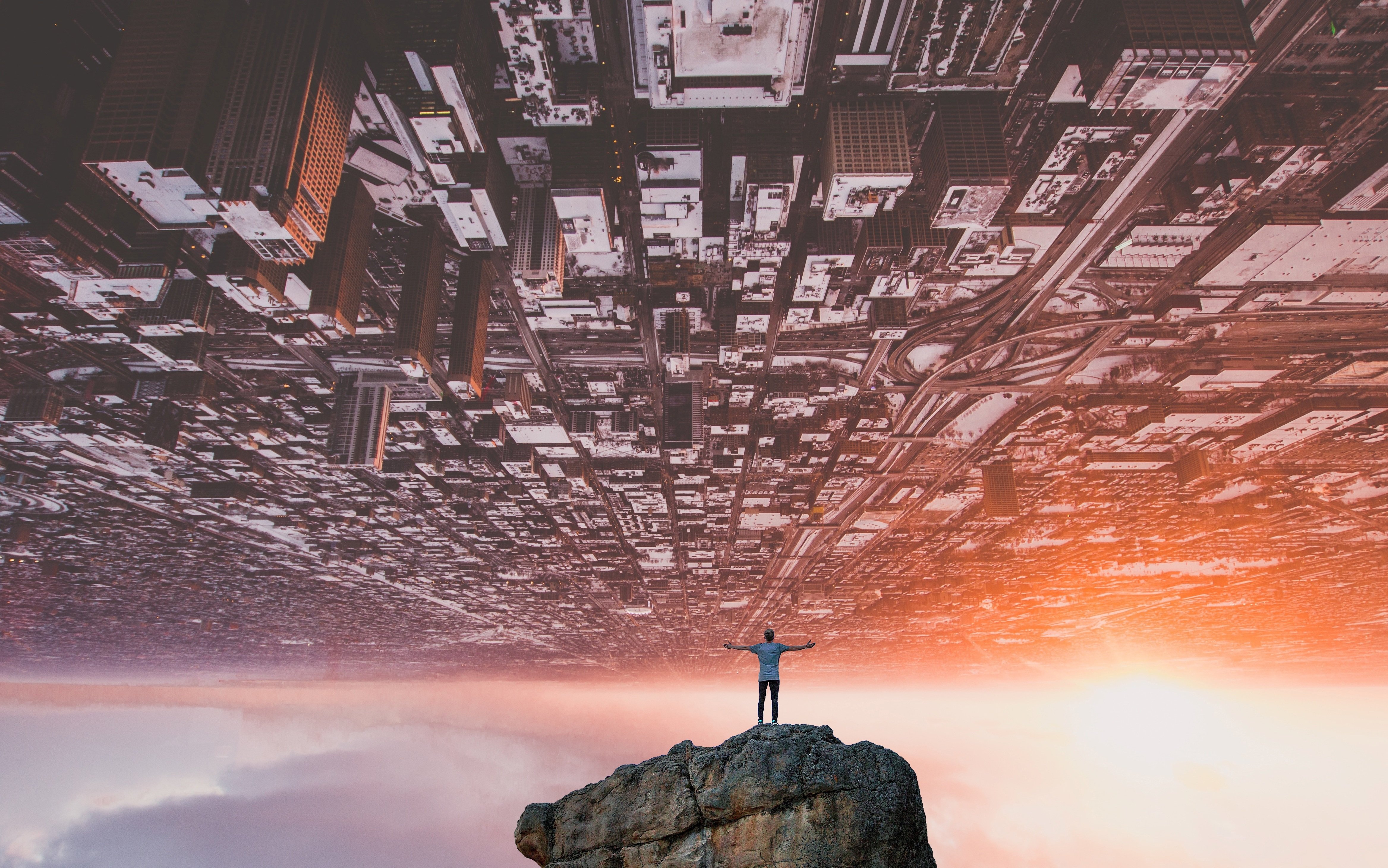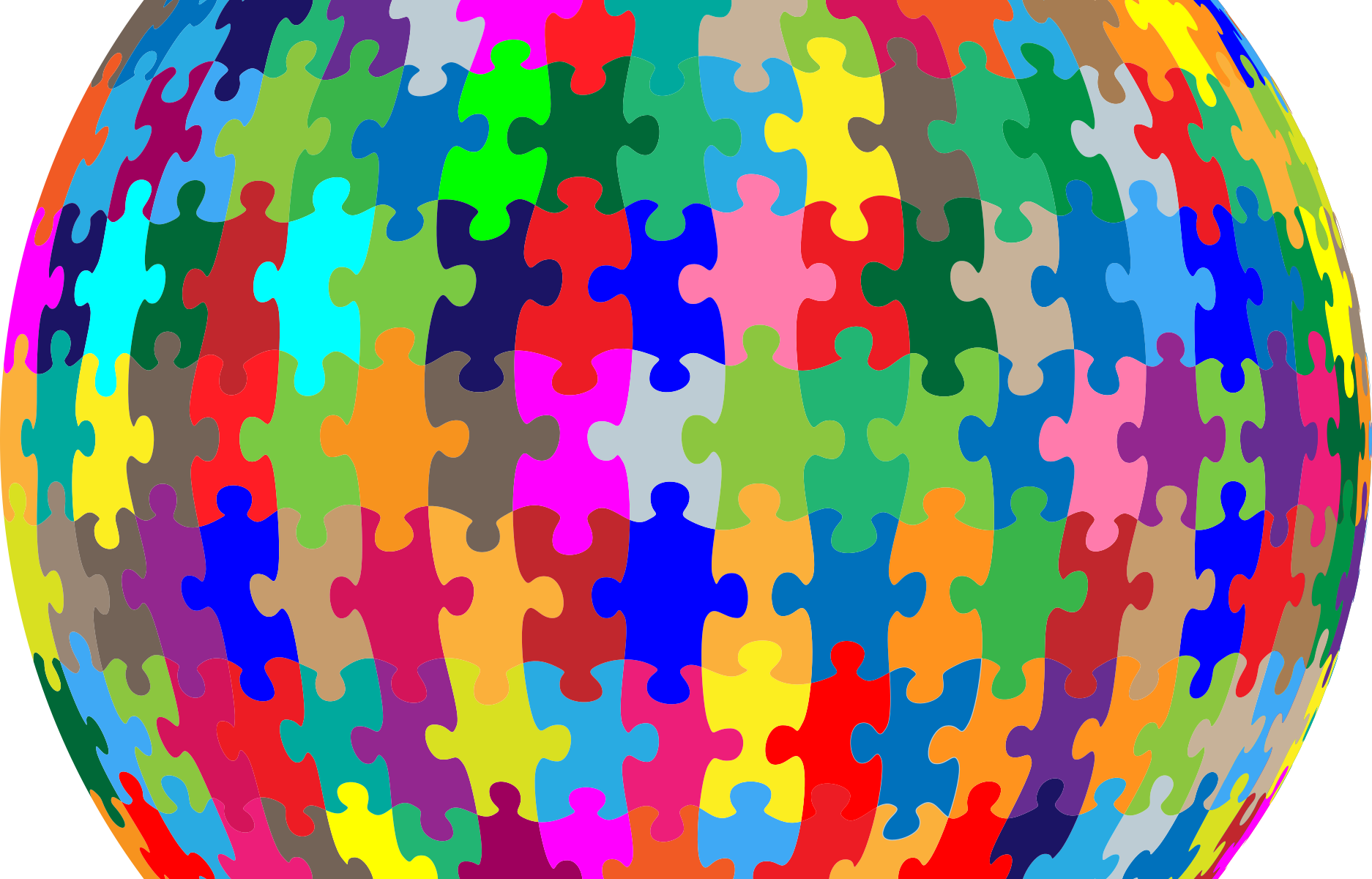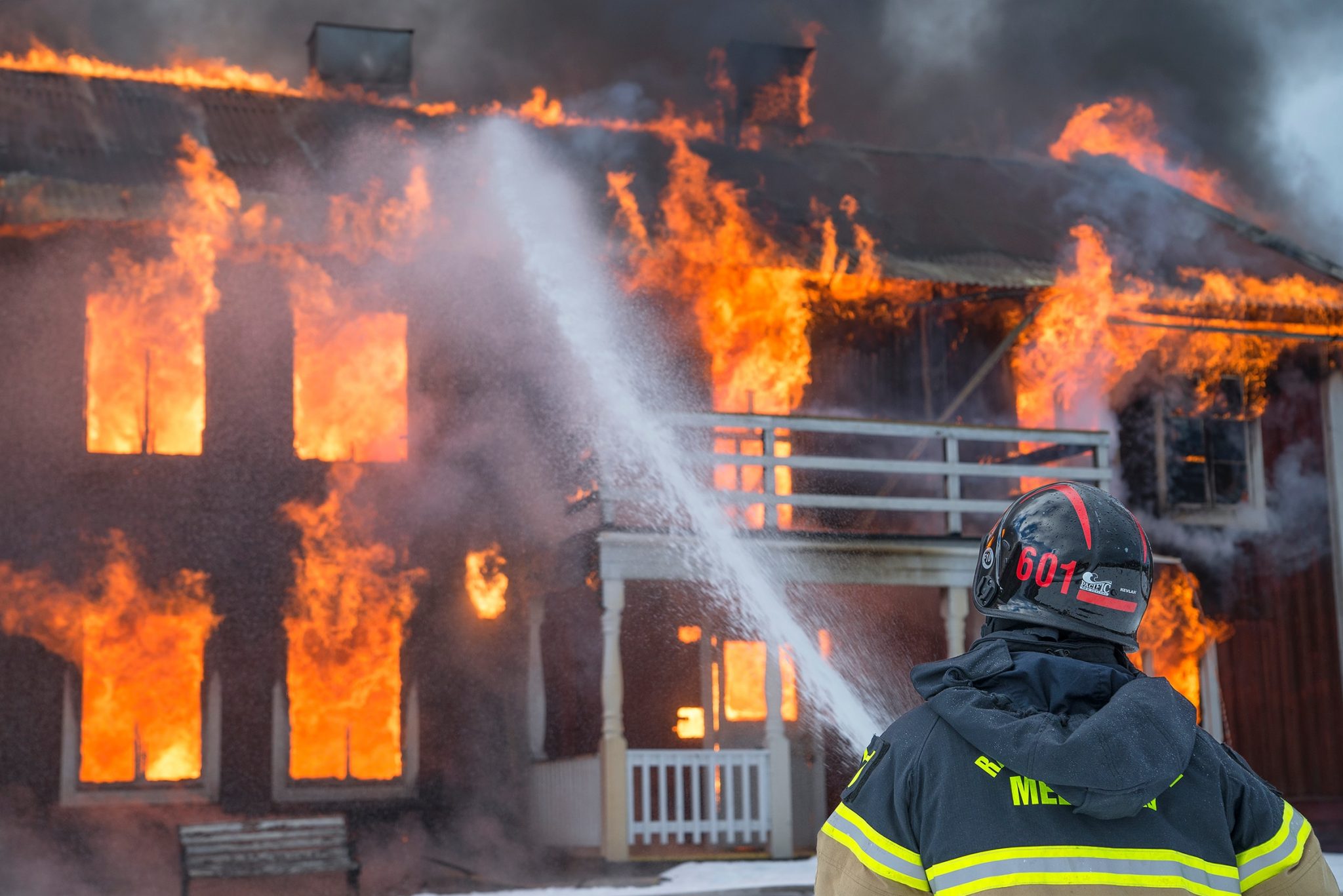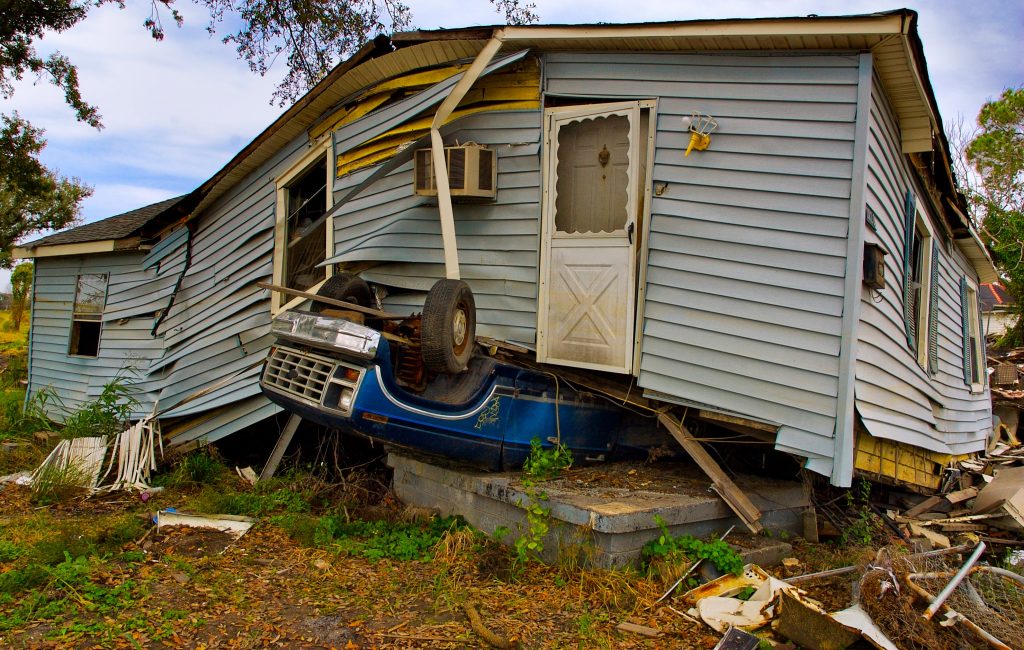Why are we here?
It’s one of the most poignant questions – if not THE most – we will all face in our lifetime. When we are young, there is nothing but possibility and because of that, not only do we allow ourselves the freedom to dream but we also encourage young people to believe anything is possible. As we age, opportunities begin to lessen whether by circumstance, choice, or let’s face it, no matter my basketball talents, my height will prohibit me from ever being an NBA star. But we don’t just see those opportunities close, we also start to doubt ourselves and others about those possibilities. I remember seeing a twitter account by a young girl who said she wanted to be president some day. Everyone consistently embraced her ambition but when I ran, the first question I was consistently asked was, “Are you crazy?”
So how do we get around these roadblocks? How do we find our purpose in life once we’ve grown and lived and found our real, as well as imagined, boundaries? And how do we determine what we want, what we were meant to or created to be, and what we believe others want us to be?

Gracious! That’s a lot tugging at us! Well, let’s break it down. I like to start with – What were we created to be? because it gets to the heart of what our personal talents are and how we can best contribute to the world. For me, this involves vision and design. I love, love, love complex problems and excel at finding creative efficient solutions. It sounds vague but the ideas can be applied almost anywhere.
What do we want? This one is far trickier because it requires one to make decisions. I always say, “The burden of opportunity is the requirement to choose.” The additional challenge is the fact that what we want may not be within our reach. “I want to be president of the United States,” for example is not something you can demand. However, you CAN run for president if you like. 🙂 And I think this illustrates my thinking: I like experience. I like cycles. I like routines and clarity. And I like puzzles. So I want a life that allows me to cycle through different experiences with different routines and needs that all have cognitive complexity and challenge embedded in them to keep my mind running. But this does not scratch the one itch I can’t seem to figure out – meaning. It’s not enough for me to have a life scheduled as noted above but it is additionally necessary for me to find meaning in the puzzles that I solve. How do I find those?
And then there is the last one: What do we believe others want us to be? This one pains me the most. As a psychologist, I love to say – “Don’t should all over yourself.” But this flies in the face of authoritarian rulesets and the idea that there is a “right” and “wrong” way to live. And the guilt that comes with choosing a path different from the one that makes everyone else feel like the world is predictable, safe, and makes sense. Remember: these rules were put in place not with the intention of helping you live your best life as your best self but rather, to control the masses and make life predictable across a large society of people. So where is the line? How do you choose your path?
Truth. Be true to yourself and honest within yourself about who you were created to be, who you want to be, and what you want to do. Then honor the people around you by sharing your true self because ultimately, the “right” way to live is not defined by what makes others feel comfortable but rather, it’s defined by bringing your real self into the world.













